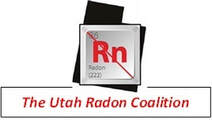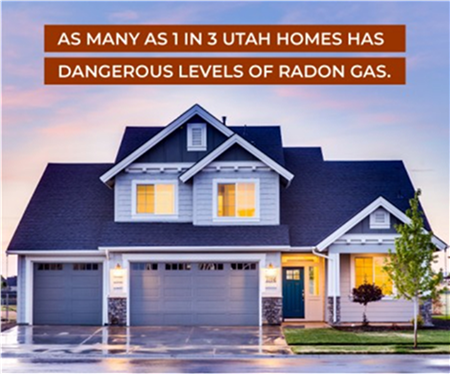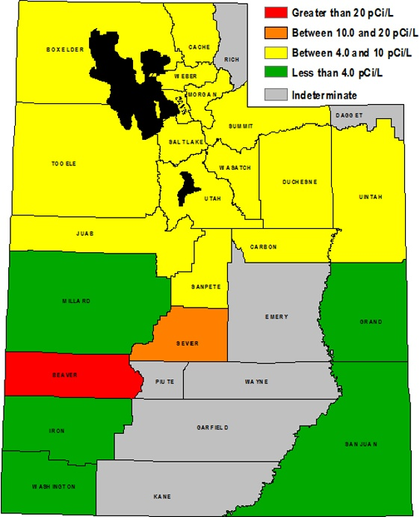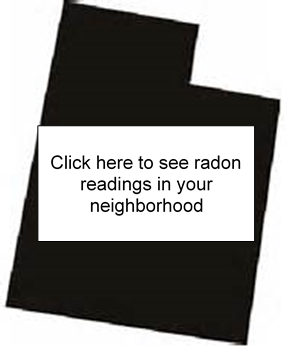"Utahns are fortunate to live in a state surrounded by natural splendor. But within this beauty lurks a natural (but avoidable) killer, radon. Radon is a radioactive gas that is silent, colorless, tasteless, odorless and CARCINOGENIC!"
Dr. Wallace Akerley, Department of Medicine, Division of Oncology, University of Utah School of Medicine.



